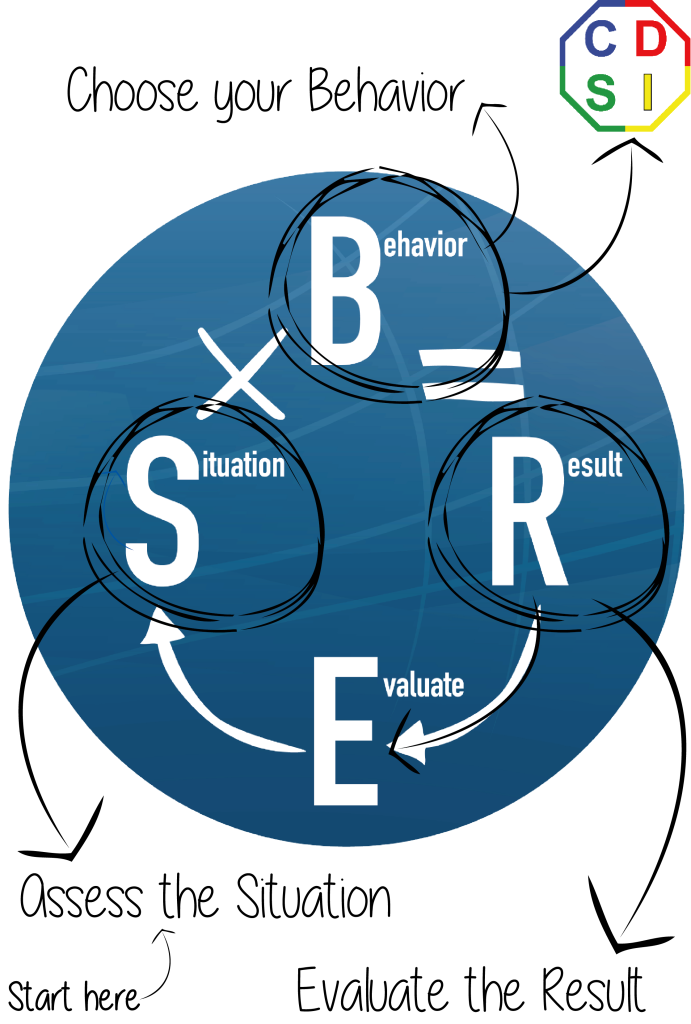Situation x Behavior = Result
Our lives are made up of many interactions with a range of different people and situations and our ultimate job is to understand how to behave in these varying situations so we can produce what we hope to be effective results. To explain this, we explore the SBR Model, click the button to learn more.
DISC in Sport
What is it and Why is it Important?
DISC is a model used to develop self-awareness, provide a framework to understand others, improve communication skills, and build strong, effective relationships. Why is this important? Because in sport, what differentiates the best is never just physical or technical ability. Instead, it is who has the best mental, emotional, and relationship skills. The 2008 Olympic Study showed the top factors contributing to medal winning and PB performances, were a strong coach-athlete relationship and a high level of athlete self-awareness.
As Joe Gibbs said: “You don’t win with X’s and O’s. What you win with is people.”
DISC Profiling is the fastest and most effective way to develop the people side of sport. DISC focuses on behavior, how someone prefers to act, and what they do. Importantly, we can change how we behave but we can’t easily change our personality. It is more productive to coach based on behavior as behavior is flexible and objective (personality is not). We never ask an athlete to change their personality, but coaches constantly ask athletes to adjust what they do.
DISC measures the degree of Dominance, Influence, Steadiness, and Conscientious behavior as represented in a four-quadrant model. Everyone has their unique level of each style and it’s the combination of each level of D, I, S, and C that describes someone’s individual behavioral profile.
Athlete Assessments’ DISC Behavioral Profiles are specifically tailored to sport, with customized profiles for coaches, athletes, and sports managers.
Preparing to complete your DISC Survey
Complete Your DISC Profile Survey
Reviewing Your DISC Report
PART I
At this stage, the key part for you to look at is Part I. Part I focuses on understanding yourself within your role, and your preferred DISC style characteristics. It also offers strategies for increasing your personal and professional effectiveness. It is important to note that there is no ‘best’ behavioral style. Each style has its own unique strengths, limitations, and opportunities for improvement. Knowing what your strengths and limitations are, enables you to produce better, more consistent performances.The most successful and effective people know what they do best and where they need to improve. Most people are very eager to jump straight into the information about their own personal profiles – so this is what we’ve done with Part I of this report.


